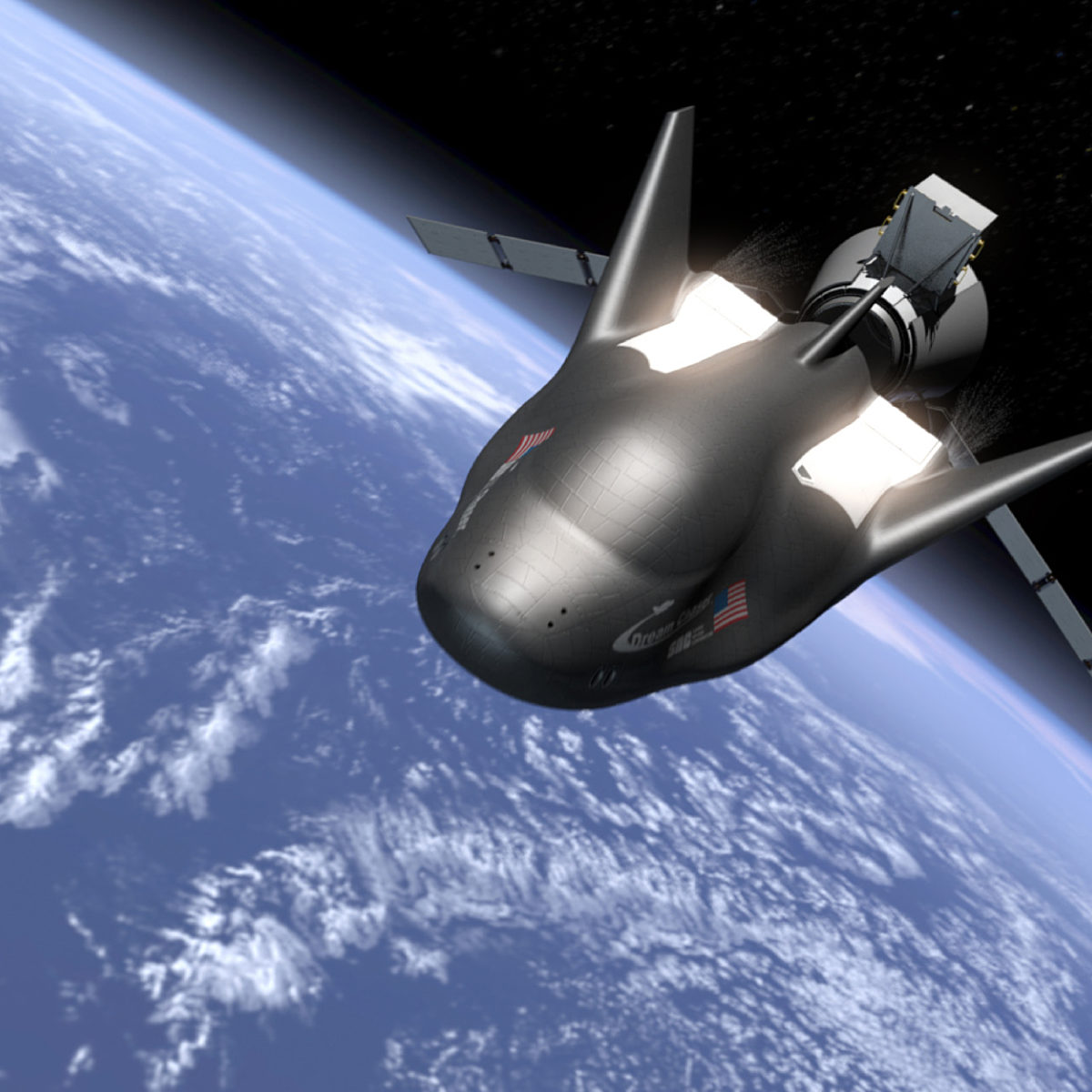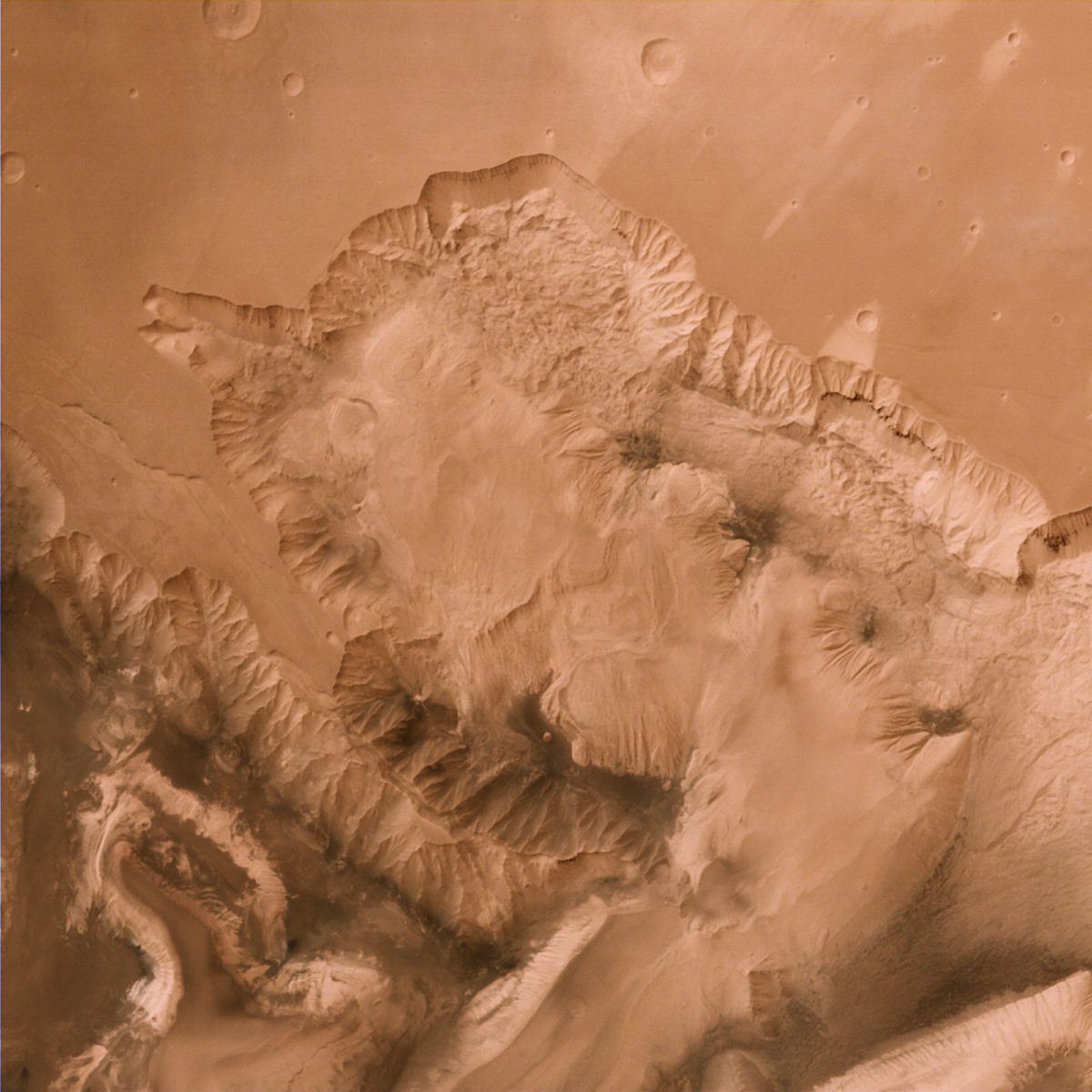Since 2002, Planetary Radio has visited with a scientist, engineer, project manager, advocate, or writer who provides a unique perspective on the quest for knowledge about our Solar System and beyond. The full show archive is available for free.
Search Planetary Radio
New research indicates that what appeared to be liquid water hiding under Mars’ polar ice may actually be a form of clay.
Two pioneering Mars orbiters are still doing great work above the Red Planet, while the first operational Crew Dragon spaceship has delivered four astronauts to the International Space Station.
Mars scientists dubbed them recurring slope lineae or RSLs. They sure looked like evidence of liquid water flowing down hillsides and ridges on the Red Planet. New research led by USGS Planetary Geologist Colin Dundas says otherwise.
We’re back at Space Symposium for a conversation with SNC’s Mark Sirangelo, leader of that company’s effort to build the Dream Chaser. We’ll also hear a few moments of Bill Nye’s session at the annual gathering as he hosted Bernard Foing and Amy Mainzer.
The Beagle 2 Mars lander disappeared after it separated from the Mars Express orbiter on Christmas Day, 2003. Eleven years later, it has been found, partially-deployed on the Martian surface. Longtime Beagle 2 mission leader Mark Sims tells the story.
Astronomers Without Borders Founder and President Mike Simmons and his colleagues share the passion, beauty and joy of the night sky from Argentina to Zambia.
Good news, for a change! Congress decided to provide $127 million more for planetary science than was requested by the President. Bill Adkins of Adkins Strategies in Washington and the Society’s Director of Advocacy, Casey Dreier say a battle has been won, but the war for science continues. Emily Lakdawalla helps us understand how an eye in the Martian sky helps track Curiosity on the surface. Bill Nye addresses the mastodon in the room, and there’s a new and cool prize for the winner of the What’s Up space trivia contest.
24 spacecraft are either busy exploring the solar system or speeding toward an exciting destination. The Planetary Society's Senior Editor takes us on a whirlwind advance tour.
When she was learning to forecast the weather in Hawaii, Brown University grad student Kat Scanlon didn’t suspect it would help her uncover evidence for rain or, more likely, snow that helped shape the surface of Mars billions of years ago.


 Explore Worlds
Explore Worlds Find Life
Find Life Defend Earth
Defend Earth










